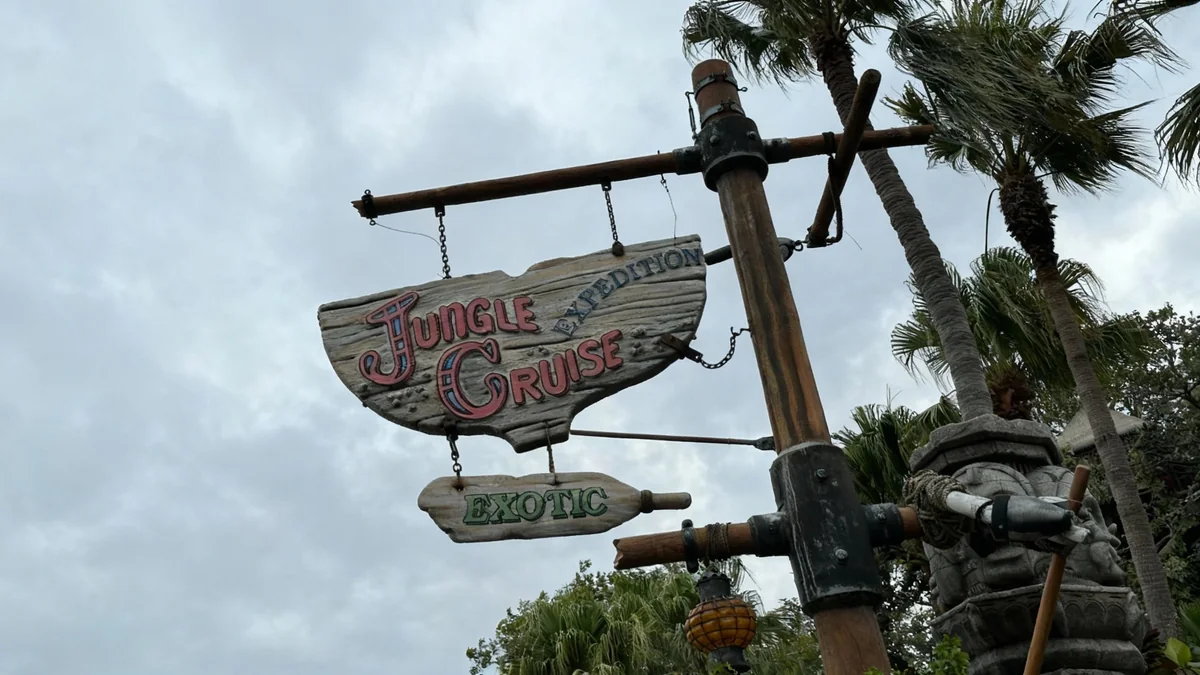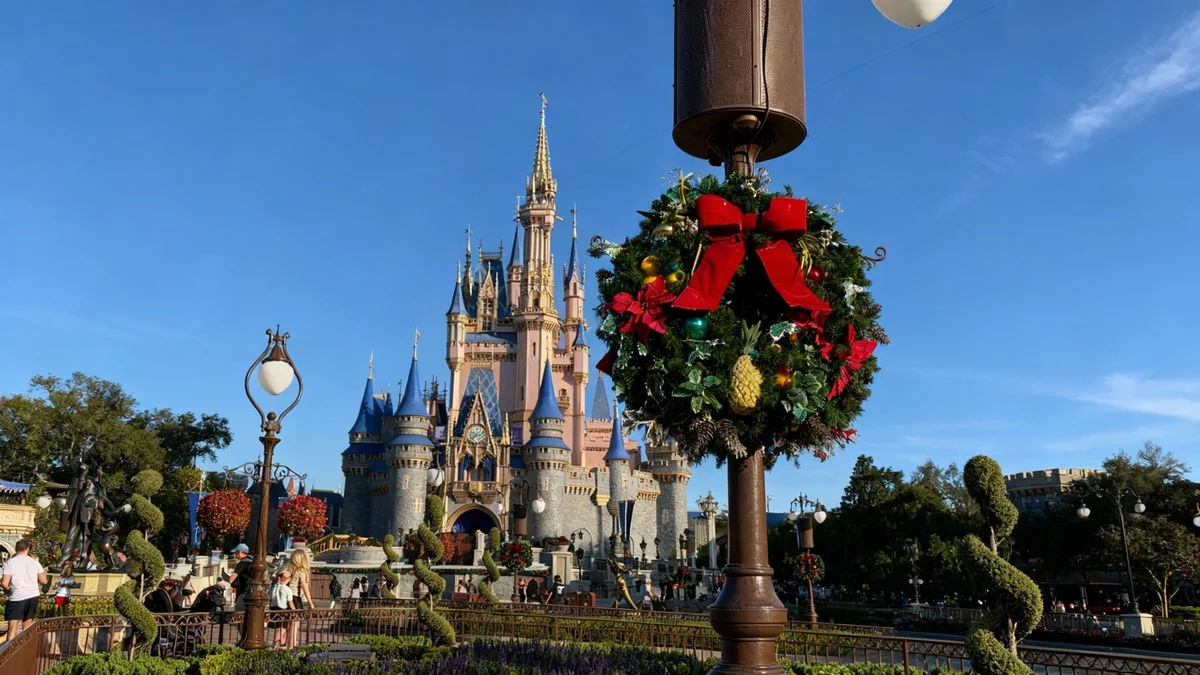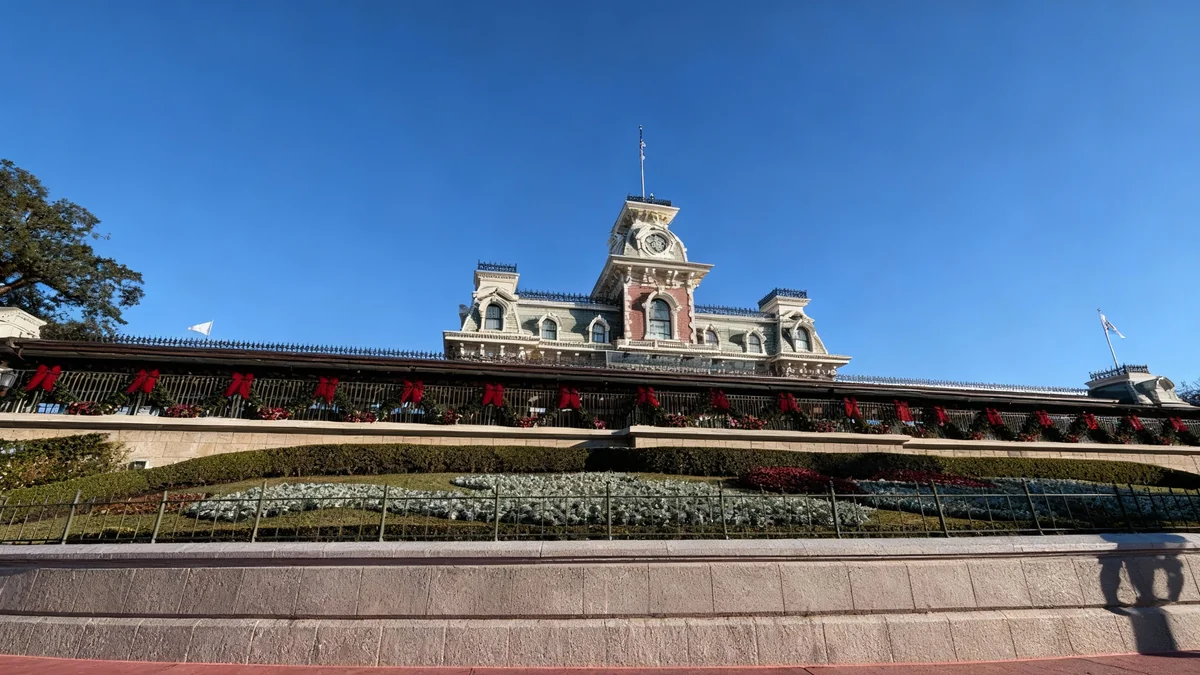A new agreement has set a clear timeline for the construction of the Mattel-anchored theme park. Developers must begin building the major attraction by October 2027. The entire entertainment complex is scheduled for completion by the year 2030, marking a significant step forward for the project.
Key Takeaways
- Construction on the Mattel theme park must start by October 2027.
- The full development is slated for completion by 2030.
- The project aims to bring popular Mattel brands to life in a new entertainment destination.
Development Timeline and Key Milestones
The latest legal agreement outlines specific dates for the theme park's progress. This ensures the project moves forward according to a defined schedule. The initial phase involves groundbreaking and substantial construction on the Mattel-branded attractions.
The developer is now bound by these dates. Failure to meet the October 2027 start date could lead to penalties or changes in the agreement. This deadline provides a firm target for all parties involved in the large-scale development.
Breaking Ground by 2027
The requirement to start construction by October 2027 focuses on the core theme park elements. This includes rides, interactive zones, and themed areas featuring Mattel characters. This initial phase is critical for the project's overall momentum.
Developers will need to finalize designs, secure permits, and prepare the land well in advance of this date. The commitment to a specific start time underscores the project's importance and the developer's dedication to its realization. The goal is to bring popular brands like Barbie, Hot Wheels, and Thomas & Friends into a physical, immersive environment.
Project Fact
The Mattel theme park aims to feature attractions based on iconic brands such as Barbie, Hot Wheels, and Thomas & Friends, creating a diverse experience for visitors of all ages.
Full Completion Target by 2030
The agreement also sets a target for the entire development to be finished by 2030. This includes not only the theme park but also any associated retail, dining, and entertainment facilities planned for the complex. A large project like this involves many different components.
Achieving this 2030 completion date will require coordinated efforts from construction teams, designers, and operational staff. The phased approach allows for manageable progress while working towards the final vision.
"This agreement provides a clear roadmap for bringing this exciting entertainment destination to life," a project representative stated. "We are committed to meeting these deadlines and delivering a world-class experience for families."
What the 2030 Completion Entails
By 2030, visitors should expect a fully operational theme park with all planned attractions open to the public. This also includes supporting infrastructure such as parking, access roads, and guest services. The developer's vision extends beyond just the rides.
The entire complex is designed to be a comprehensive leisure destination. This means integrating various elements to enhance the visitor experience. The long-term plan is to establish a new hub for family entertainment.
Background on Theme Park Development
Large-scale theme park projects often span several years from announcement to completion. They involve extensive planning, significant capital investment, and complex construction logistics. Establishing firm deadlines helps maintain project accountability and public confidence.
Economic Impact and Regional Benefits
The development of a major theme park typically brings substantial economic benefits to the surrounding region. These benefits include job creation, increased tourism, and local business growth. The construction phase alone creates numerous employment opportunities.
Once operational, the park will require a large workforce, from ride operators and guest services to food and beverage staff. This long-term employment contributes to the local economy. The influx of tourists will also boost hotel occupancy, restaurant sales, and retail spending.
- Job Creation: Thousands of construction and operational jobs are expected.
- Tourism Boost: Attracting visitors from both local areas and further afield.
- Local Spending: Increased revenue for hotels, restaurants, and retail businesses.
- Infrastructure Investment: Potential upgrades to local transportation and services.
Long-Term Economic Projections
Economic analysts project that a successful theme park can have a ripple effect across various sectors. The initial investment is significant, but the returns can be sustained over many years. This makes such projects attractive for regional economic development.
According to tourism data, major attractions can increase regional visitor numbers by 10-20% in their first few years. This growth often leads to further investment in local amenities and services, creating a positive cycle of development.
Future of Entertainment and Leisure
The Mattel theme park represents a growing trend in the entertainment industry: leveraging established intellectual property for immersive experiences. Consumers seek more than just rides; they want to step into the worlds of their favorite characters.
This project is part of a broader movement to combine storytelling with physical attractions. The aim is to create memorable experiences that encourage repeat visits. This strategy is common among major entertainment brands.
The Role of Brand Recognition
Mattel's portfolio of beloved brands provides a strong foundation for a theme park. Characters like Barbie and Hot Wheels have global recognition. This brand familiarity helps attract a wide audience from the outset.
The park designers will focus on translating these iconic brands into engaging physical spaces. This includes themed environments, character meet-and-greets, and unique ride experiences. The power of brand recognition is a significant asset for the park's success.
The development adheres to strict timelines. This ensures the project's progression and its eventual opening. The commitment to these dates is key for all stakeholders.





